Amanda Foust
Imperial College London | London, UK
“Enabling High-throughput, Scattering-mitigated, Volumetric Imaging Through Two-photon Informed Light-field Deep Learning”

Multiphoton excitation enables optically sectioned fl uorescence imaging in scattering media. However, small cross sections and scanning limit multiphoton imaging’s bandwidth and application to high-throughput functional imaging. In contrast, lightfield microscopy (LFM) enables high-throughput volumetric imaging but is corrupted by scattering, limiting its use in biomedical contexts. To address the competing requirements of bandwidth and scattering mitigation, we developed a bimodal imaging and processing strategy that integrates two-photon laser scanning with one-photon light-field imaging. We imaged calcium transients in mouse brain slices co-expressing the soma-targeted fast calcium indicator jGCaMP8f and the static structural label tdTomato in layer 2/3 excitatory neurons. We trained a deep neural network (DNN) with matched one-photon light fi elds (LFs) and scattering-robust scanned two-photon volume stacks. The DNN reconstructs scattering-mitigated neuronal volumes from scattering-corrupted LFs faster and with higher accuracy than conventional model-based LF processing methods. A second DNN, based on the LFM wave-optics forward model, calculates the LF footprint for each segmented neuron, enabling rapid spatio-temporal factorization of jGCaMP8f time series from LFs acquired at 100 Hz. Our strategy volumetrically resolved putative spikes in 60 neurons distributed throughout a 530 x 530 x 100 micron volume, up to 100 microns deep in live brain slices. The DNN approach reduced signal crosstalk between neighboring neurons compared to 8-iteraton Richardson-Lucy deconvolution of LF videos. Putative spikes fi red at up to 10 Hz were resolved with high signal-to-noise ratio enabling volumetric mapping of correlated neuronal ensembles. This optically and computationally effi cient LFM strategy based on two-photon informed DNNs advances the goal of high-throughput and scattering-robust volumetric imaging.
